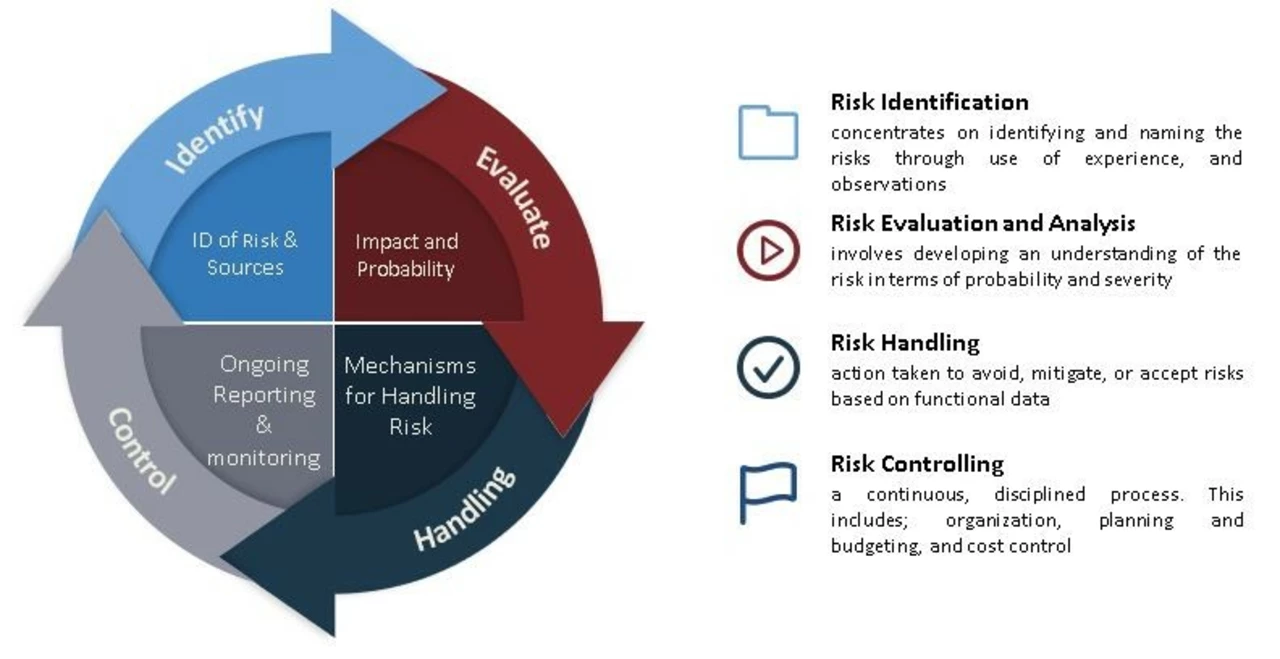Public Health and Government Action on Leprosy
Leprosy still appears in communities worldwide, but governments can stop it when they act fast. Early diagnosis and free multi-drug treatment (MDT) cure most cases and prevent disability. When health systems make leprosy care part of regular clinics, people get treated where they live instead of traveling far. That keeps treatment on time and reduces spread.
Governments must fund training for frontline workers. Trained staff spot signs early, refer patients, and teach contacts about risks. Good surveillance data shows where cases rise, so resources go where they matter. Investing in simple diagnostics speeds decisions and lowers long term costs.
Stigma ruins lives and blocks care. Public campaigns that use clear facts and local voices change attitudes faster than top down messages. Offer social support and rehabilitation alongside medical care so people return to work and community life. When neighbors see recovery, fear fades.
International partnerships amplify national efforts. Donors, NGOs, and health ministries share tools, training, and funding to tackle hot spots. Cross border cooperation matters where populations move a lot. Sharing best practices cuts duplication and speeds progress.
Practical Steps Governments Can Take
Train primary care workers to recognize early signs and provide MDT. Fund free drugs and make stock management reliable. Run community screening in high risk areas, not one time but regularly. Support disability prevention with physiotherapy, protective footwear, and referral networks. Use mobile clinics where clinics are scarce.
Measuring Success
Track case detection rates, grade of disability at diagnosis, and treatment completion. Public dashboards help managers and the public see progress. When targets slip, teams must adapt quickly.
Research still matters. Improved diagnostics, shorter regimens, and vaccines would change the game. Governments should fund operational studies that test real world approaches in clinics and communities.
Don't ignore social policies. Laws that protect employment, education, and access to services keep people with leprosy from being locked out. Cash support for families during treatment reduces economic harm and encourages completion of therapy.
Putting leprosy into primary health care, funding training and supplies, fighting stigma, and tracking results moves countries from control to elimination. That's a realistic plan, not a slogan. Communities recover faster when governments make practical choices and stick with them.
Local leaders can start small. Host monthly outreach days at schools and markets to share signs and cure facts. Train community volunteers to follow up on missed doses and to link people to clinics. Measure impact by fewer new cases with disability and more patients completing treatment.
Budgeting matters. Even modest funds allocated yearly keep drugs in stock and teams ready. A five year plan that sets clear milestones makes it easier to attract partners and donors. When governments publish simple annual reports, citizens hold programs accountable and trust grows.
Finally, prioritize equity. Target services to remote, poor, and marginalized groups who face the biggest barriers. Equity means everyone gets the same chance to be diagnosed, treated, and live without stigma.
Small consistent steps end disease and restore dignity.




